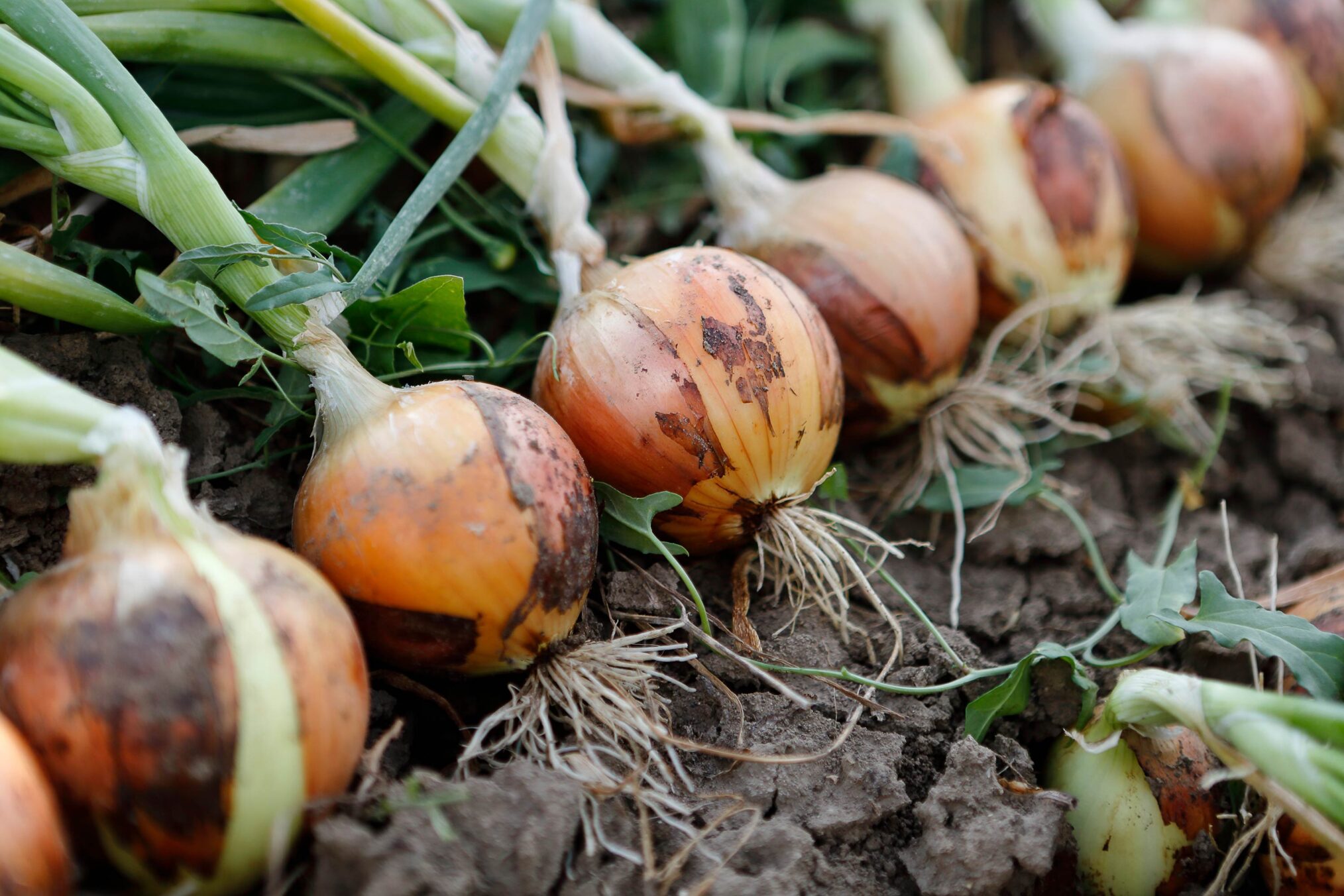Indian onion prices for the past year have experienced large movements, with a peak in November 2024 because of the reduced year-over-year (YOY) harvest of around 20%. The significant decline in production led to onion export duties being in place since May 2024 and was entirely removed in March 2025. The trade liberalisation by the Indian government was in response to the forecasted 2025 onion production being 19% higher YOY and 4% higher than the five-year average, which caused onion prices to plummet and impact farmer revenue.
Despite the lifting of restrictions, prices continued to fall sharply due to weakened export demand from increased international competition, and reached a low of INR 20,468/mt in the first week of June. The main competitors reported by market participants are Pakistan and China. Pakistan’s forecast for 2024/25 season is 15.7% higher YOY and is benefiting from seizing a higher global market share during India’s onion trade restrictions. Both China’s and Pakistan’s harvests entered the market competitively priced against Indian onions.

From June 4 to July 23, Indian onion prices moved upwards by 6.2%. The July 23, 2025 price reported by Expana for Onion wholesale India was INR 22,264.50/mt. The increase has been attributed to adverse weather caused by an early and above-average monsoon, according to market participants. The Indian Meteorological Department updated the 2025 monsoon season to predict a 106% average rainfall for the four-month monsoon season. The early and excessive rainfall in northern India has disrupted the supply chain for onions, as reports from vendors state that there were truck delays and some spoilage due to excessive moisture.
Furthermore, the largest wholesale market in Lasalgaon reported a 30% drop in arrivals on July 7, 2025. Farmers held back deliveries due to the rain, but there is also reported sentiment about withheld onion stocks in hopes of price increases until the early Kharif crop arrivals in October. The Rabi onion crops have a longer shelf life of around six months and allow farmers to wait for price changes between May to October, when no onion harvests enter the market. During this period, prices have increased in the past years; however, due to the increased supply of the 2025 Rabi harvest and the lack of export demand, it is unknown if there will be as significant a price increase as domestic producers anticipate.
Despite the heavy rainfalls in Northern India, the water situation in Maharashtra (a key onion-producing region) has been minimal. The data released by the Climate Hazards Center, CHIRPS, show that rainfall from June to July has been significantly below average. The region relies on groundwater for 50% of its irrigation needs and is an important watchpoint for the potential impact on the Kharif crop if the situation doesn’t improve.
Image source: Getty
Written by Luca Curioni




